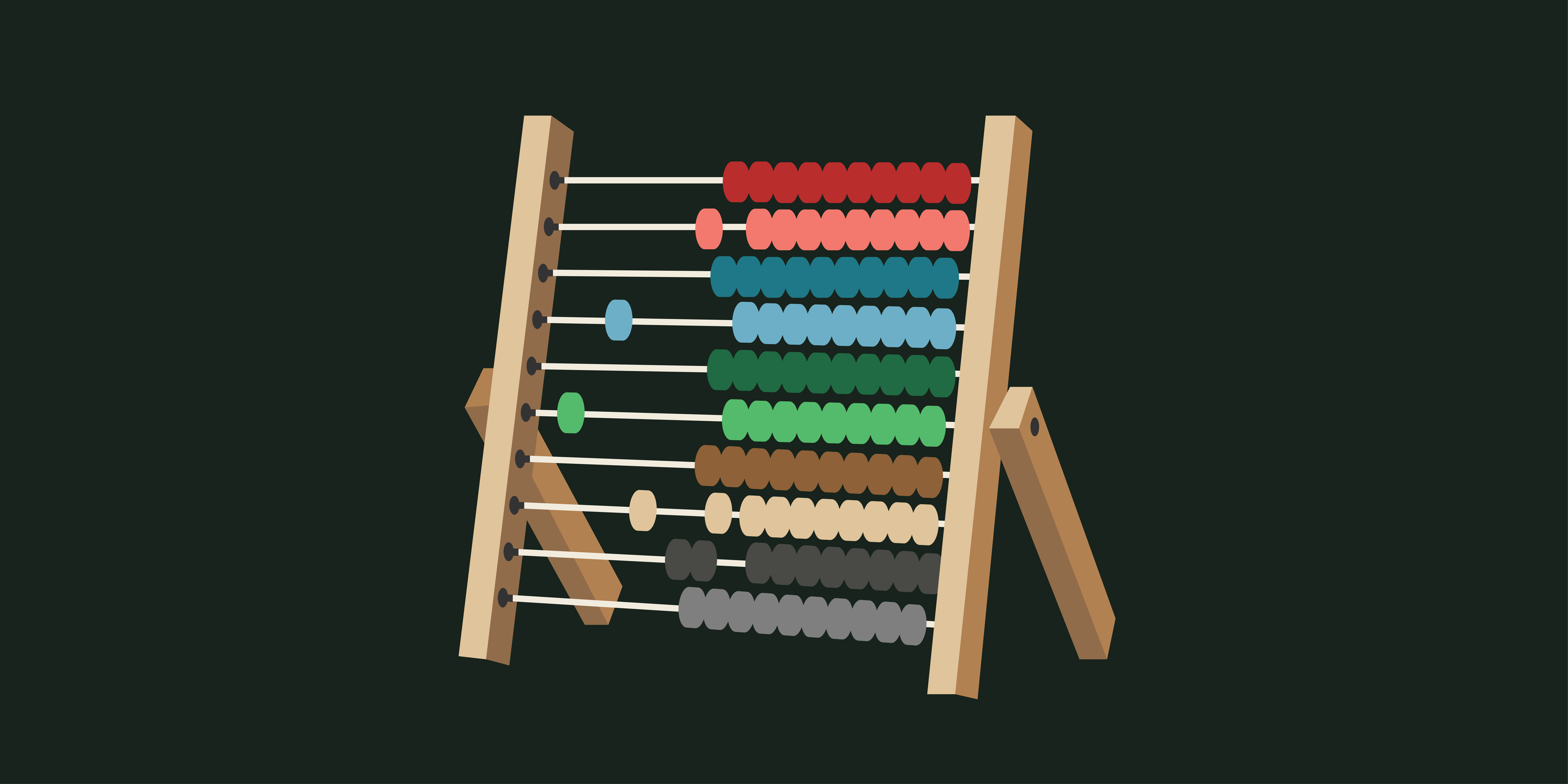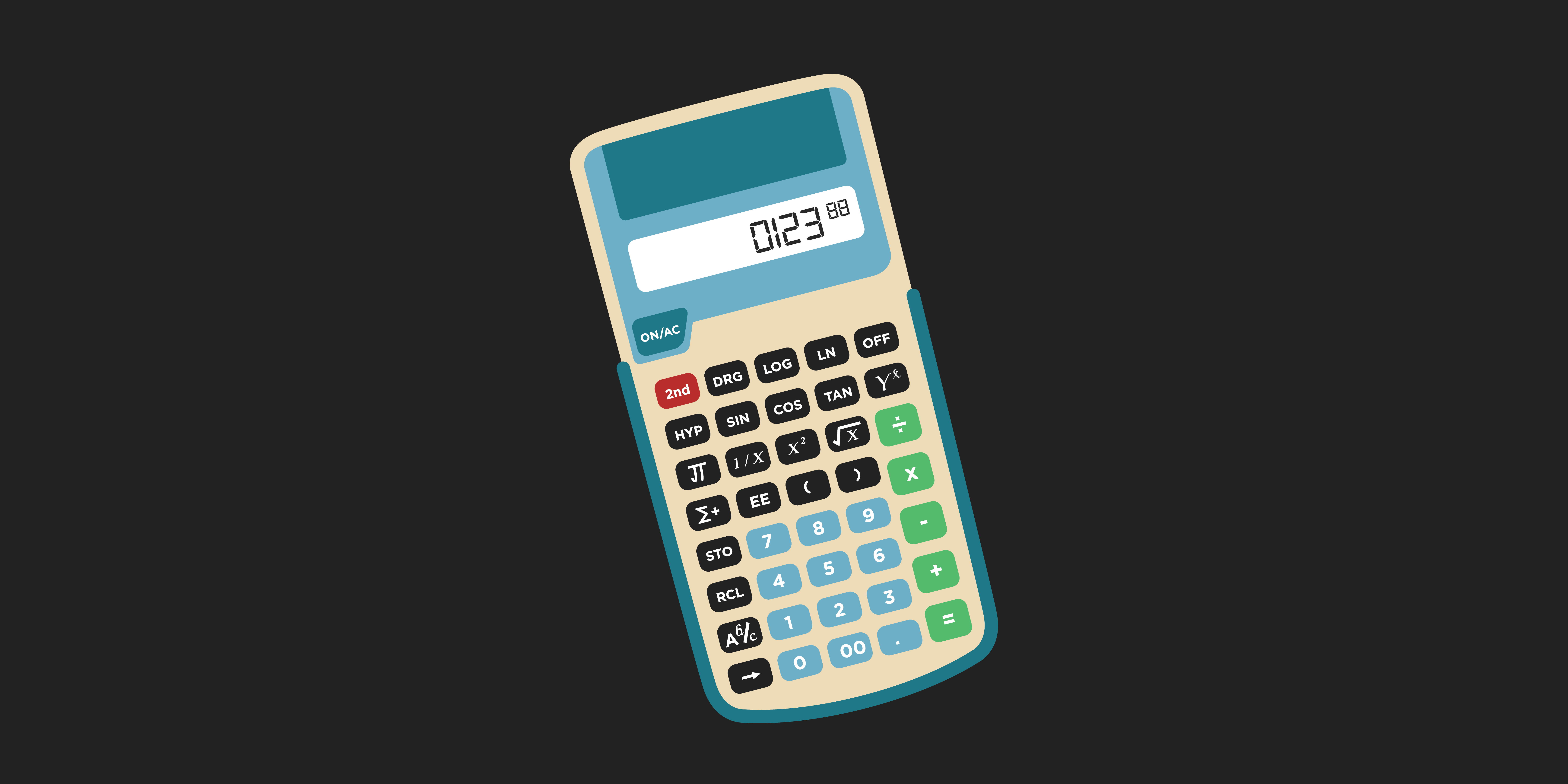Derivatives are financial instruments whose value is derived from the price of one or more underlying asset class, commodity, or index. The most common types of derivatives are forwards, futures, options and swaps.
Derivative instruments can be used to amplify exposure to underlying assets, reduce costs, or manage risk. They’re mainly used by government agencies, financial institutions, asset managers, and corporations, to manage their investment risks.
They’re classified as non-linear contingent claims or linear forward claims. A linear derivative’s payoff comes from price movement in the underlying asset that translates directly into a specific dollar value, per contract. This applies to forwards, futures, and swaps. Most other derivatives are considered non linear, including options.
Forwards
These are amongst the oldest and most widely used derivative instruments. A forward is a highly-customizable derivative contract that requires counterparties to buy (receive) or sell (deliver) an asset at a specified price on a set future date. Parties wanting to hedge the inherent volatility of a specific asset or commodity rely on forward contracts.
Forwards do not trade on an exchange, like many other derivative instruments. They are privately negotiated and have a single settlement date at the end of the stipulated contract term.
Futures
Futures are standardized exchange-traded derivatives contracts that lock in future delivery of a commodity or security at a price set that day. Futures contracts are often used by speculators who want to bet on the future direction of an asset’s price. Most contracts are closed out prior to maturity and actual delivery rarely occurs.
The futures market is extremely liquid and futures can trade 24 hours a day. Contracts are marked-to-market daily, which means that changes are settled every day until the end of the contract. That’s also known as daily settlement.
Options
Options are contracts that give the owner the ability (option) to buy or sell an underlying asset. They derive their value from the price of that underlying asset, such as a stock. Each contract has a specific expiration date by which the holder can exercise the option or let it expire; holders are never required to buy or sell the asset.
The stated price on an option is called the strike price. Where the strike price sits relative to the market value of the associated asset reflects the concept of moneyness:
- In the money: option has intrinsic value and is more costly to acquire.
- At the money: the strike price is equal to the current asset price.
- Out of the money: option has no intrinsic value and is less costly to acquire.
Options trade on an exchange during regular market hours.
Swaps
In the case of swaps, one party exchanges or swaps the values or cash flows of one asset for those of another for a predetermined period of time. Typically, at least one series of cash flows is based on a random or uncertain variable, such as an interest rate, foreign exchange rate, equity price, or commodity price. Like many derivative instruments, swaps are used to hedge risk.
Swaps are customized contracts that are traded privately in the over-the-counter (OTC) market, unlike options and futures, which trade on a public exchange.
Who can trade derivatives?
It depends on the type of derivative.
Generally speaking, OTC derivatives like forwards and swaps are the domain of institutional investors. Exchange-traded derivative instruments, like options, are readily accessible for individual investors. Futures are exchange traded, so available to retail investors, but are often used by more sophisticated ones.
The amount of capital needed to own derivative instruments is usually less than what’s needed to acquire direct positions in various assets. The main advantages of derivatives are the ability to adjust portfolio exposures without changing the underlying investments and their lower transaction costs versus direct investments.
It’s critical that investors understand the risks associated with derivative instruments as they are essentially a form of leverage. You might be looking to amplify your returns, but you could end up with some pretty staggering losses if you don’t know what you’re doing or how to properly monitor your positions.







